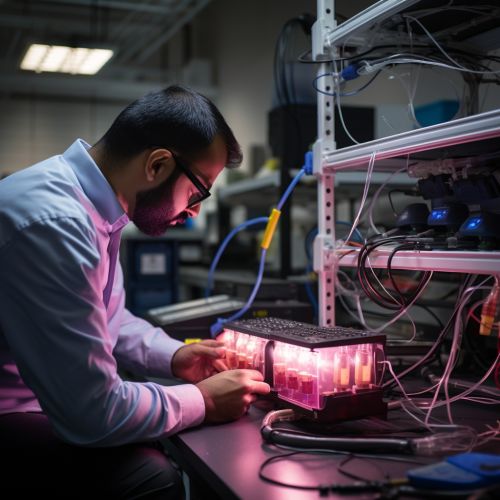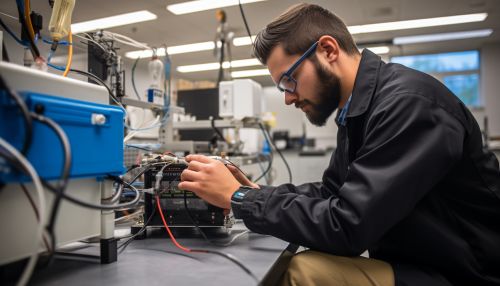Advancements in Microbial Fuel Cells Technology
Introduction
Microbial fuel cells (MFCs) are a type of bio-electrochemical system that harnesses the power of microorganisms to convert chemical energy, often from organic waste, into electricity. This technology has seen significant advancements in recent years, both in terms of its efficiency and its potential applications.
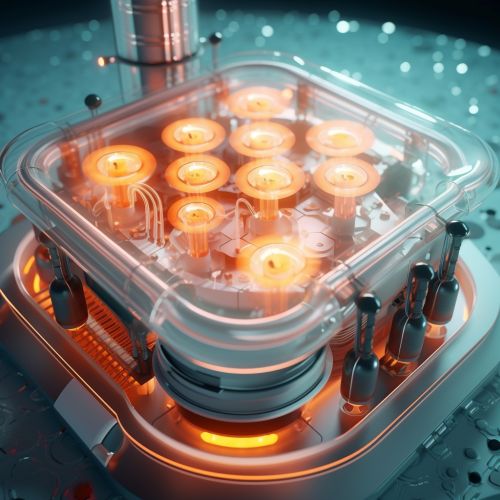
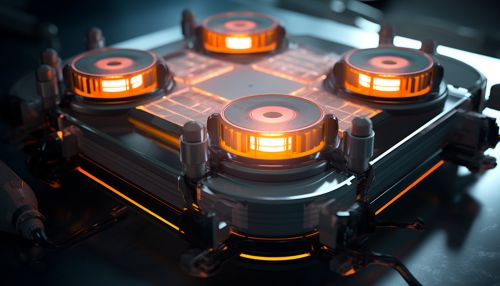
History and Development
The concept of a microbial fuel cell was first proposed in the early 20th century, but it wasn't until the 1970s that the first practical MFC was developed. Early MFCs were inefficient and expensive, but advancements in microbiology, electrochemistry, and materials science have led to significant improvements in their performance.
Principle and Mechanism
The basic principle behind an MFC is the ability of certain microorganisms to transfer electrons to an external electrode, or anode, during their metabolic process. These electrons then travel through an external circuit to a second electrode, or cathode, where they combine with protons and oxygen to form water. This flow of electrons from anode to cathode generates an electrical current.
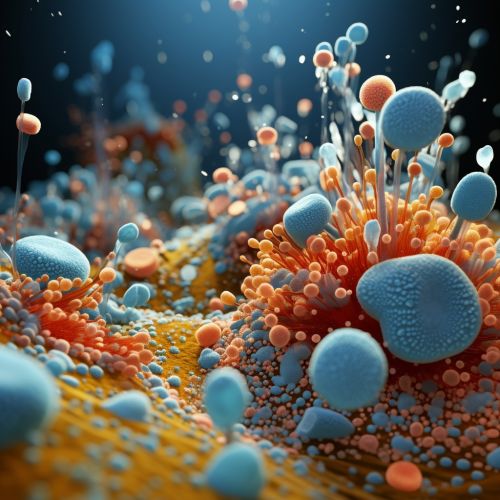

Types of Microbial Fuel Cells
There are several types of MFCs, each with their own unique characteristics and potential applications. These include single-chamber MFCs, dual-chamber MFCs, sediment MFCs, and photosynthetic MFCs. The type of MFC used depends on the specific application and the type of waste being treated.
Advancements in Microbial Fuel Cells Technology
Recent advancements in MFC technology have focused on improving the efficiency of the system, expanding the range of potential applications, and reducing the cost of production. These advancements include the development of new types of electrodes, improvements in the design of the fuel cell, and the discovery of new types of electron-producing microorganisms.


Applications
The potential applications of MFCs are vast and varied. They can be used for wastewater treatment, energy production, biosensors, and even in the field of bioremediation. The versatility of this technology makes it a promising solution for a variety of environmental challenges.
Challenges and Future Directions
Despite the significant advancements in MFC technology, there are still several challenges that need to be overcome. These include improving the efficiency of the system, reducing the cost of production, and finding ways to scale up the technology for industrial use. However, the future of MFCs looks promising, with ongoing research and development efforts aimed at addressing these challenges.
